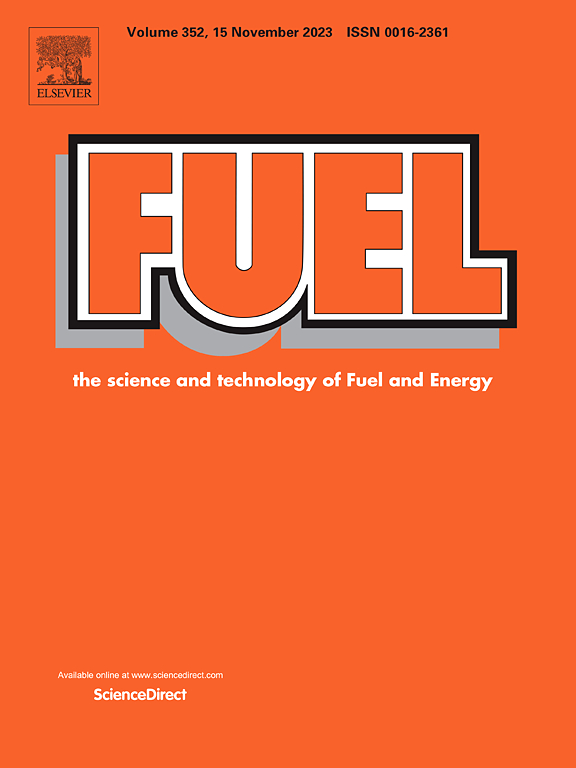Benzoic acid-functionalized bismuth nanowires: Synthesis, characterization, and catalytic role in hydrogen generation via sodium borohydride methanolysis
IF 6.7
1区 工程技术
Q2 ENERGY & FUELS
引用次数: 0
Abstract
Benzoic acid-functionalized bismuth nanowires (BzOH-Bi NWs) were synthesized using a solvothermal chemical reduction method, where benzoic acid (BzOH) reacted with bismuth nitrate pentahydrate (Bi(NO3)3·5H2O) in dimethylformamide (DMF) at 110 °C. In this approach, benzoic acid served a dual role: it acted as a reducing agent, converting Bi3+ ions to metallic Bi⁰, and as a stabilizing or capping agent, preventing the agglomeration of the nanowires. The resulting BzOH-Bi NWs were characterized using several techniques: X-ray diffraction (XRD) to determine their crystal structures, Fourier-transform infrared spectroscopy (FTIR) to identify molecular bonds and functional groups, scanning electron microscopy combined with energy-dispersive X-ray spectroscopy (SEM-EDX) to assess elemental composition and morphology, and X-ray photoelectron spectroscopy (XPS) to investigate their chemical oxidation states. These BzOH-Bi NWs were then tested as catalysts in the sodium borohydride (NaBH4) methanolysis reaction for hydrogen production. The BzOH-Bi NWs exhibited exceptional catalytic activity, achieving a hydrogen production rate (HPR) of 42.32 L/min.gcatalyst when using 5 mg of BzOH-Bi NWs, 125 mg of NaBH4, and 4 mL of methanol at 30 °C. The activation energy of the reaction was calculated to be 18.6 kJ/mol using the Arrhenius equation. Furthermore, the catalysts demonstrated excellent reusability, maintaining high performance over 5 cycles, highlighting their potential as highly effective catalysts for hydrogen generation.

求助全文
约1分钟内获得全文
求助全文
来源期刊

Fuel
工程技术-工程:化工
CiteScore
12.80
自引率
20.30%
发文量
3506
审稿时长
64 days
期刊介绍:
The exploration of energy sources remains a critical matter of study. For the past nine decades, fuel has consistently held the forefront in primary research efforts within the field of energy science. This area of investigation encompasses a wide range of subjects, with a particular emphasis on emerging concerns like environmental factors and pollution.
 求助内容:
求助内容: 应助结果提醒方式:
应助结果提醒方式:


